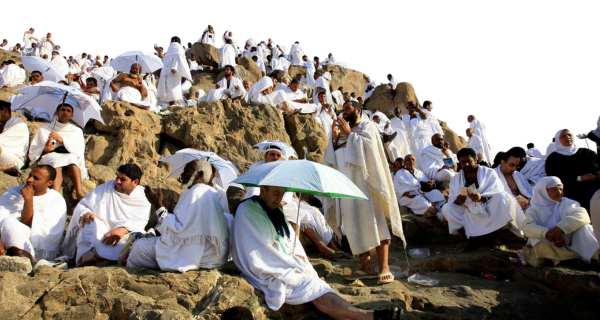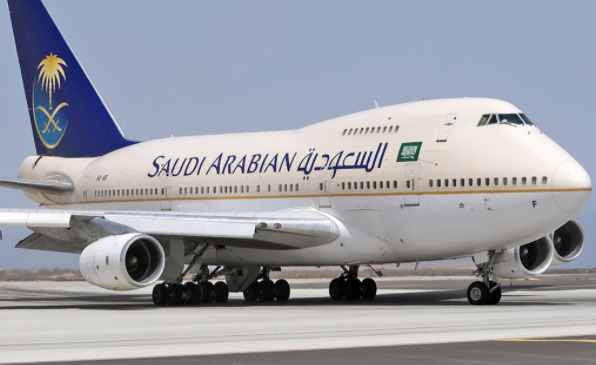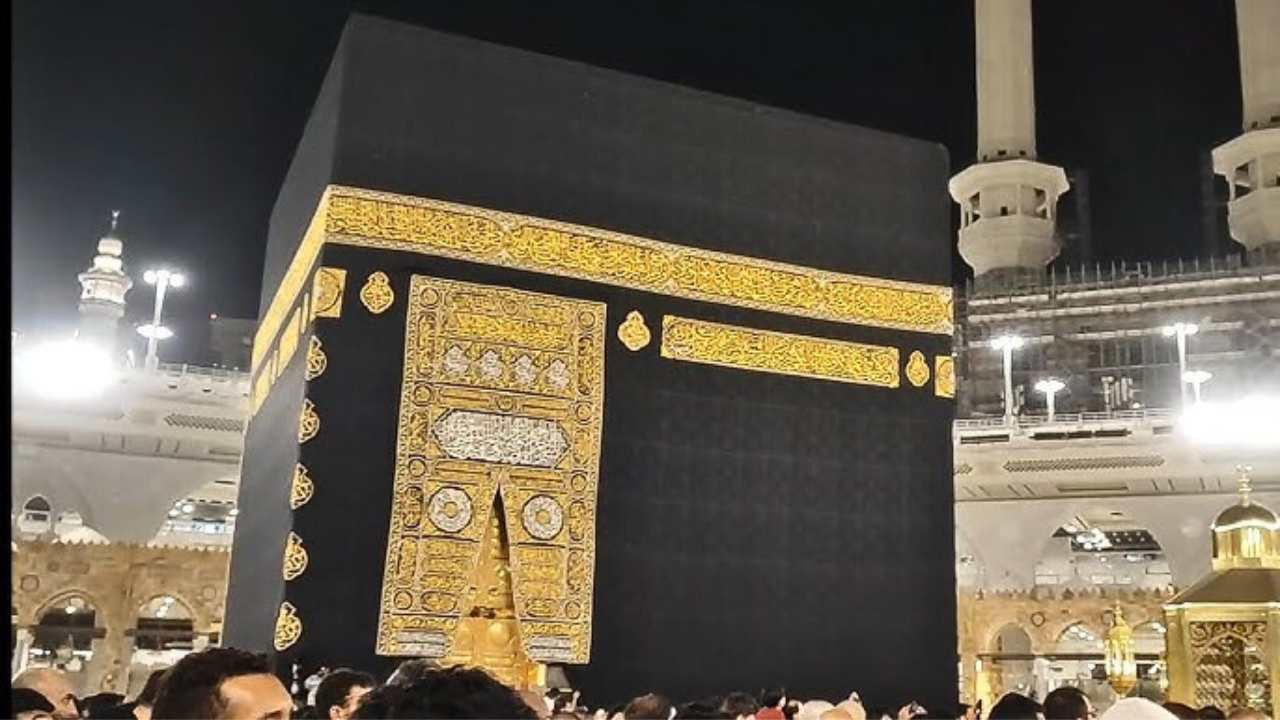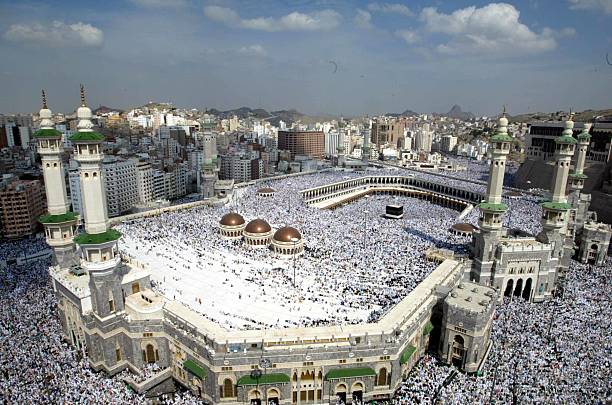Due to being one of the five pillars of Islam, the Hajj is an obligatory value to perform once in life for all Muslims who enjoy sound health and financial stability. Worship is essential for seeking closeness to Allah and cleansing past sins to refresh one's faith and practices. Purification of the soul and forgiveness of Allah Almighty is the highest priority for Muslims, so participants came to perform their Hajj with complete devotion by separating themselves from worldly affairs.
The pilgrimage consists of rituals derived from Hazrat Ibrahim’s life, which involved following Allah’s command and leaving family in the Arabian desert, where the Zamzam miracle emerged. Participants should have comprehensive knowledge about Hajj and its rituals to seek this journey's full blessings and indulge in divinity. This guide provides detailed information about all hajj rituals and their exact order of performing them smoothly.
Preparation for Hajj
Spiritual Preparation
It's mandatory to make careful physical and mental preparations for Hajj to develop a clear roadmap for the required steps and essentials. The initial preparation step is defining pure, sincere, and focused intentions for Hajj, called Niyyah. Hajj is connected with spiritual power, so pure souls with focused Niyyah can perform all further rituals with devotion.
Tawbah is also a significant part of spiritual preparation, which involves seeking Allah’s forgiveness for past sins and acts against religious practices. This self-purification is critical to travel for a hajj with a pure soul and heart.
Practical Preparation
Practical preparations cover all tasks and arrangements to get a smooth journey. It starts with organising the crucial documents, such as a valid passport, Hajj visa, or any other special permit according to the participant's native country. Financial planning before travel is essential to efficiently manage the accommodation, transportation, and meal costs during worship. Pilgrims should conduct a detailed health examination to confirm their fitness for hajj rituals; keeping essential medications in luggage provides additional safety. Pilgrims should list packing essentials before travelling to verify all the necessities in their luggage.
Day-by-Day Guide to Performing Hajj
Day 1: 8th Dhul-Hijjah
Day of Tarwiyah
Pilgrims start their Hajj journey by entering an Ihram, a spiritual and physical start to purify the soul in which participants wear specific clothes. Men wear two unstitched white clothes; one covers the lower body from waist to foot, and the second is dropped over the shoulders. Conversely, women wear a scarf, abaya, or sizeable-sized shawl to cover their entire body except their face and hands. After entering Ihram, the next step is to recite the Talbiyah while revolving around Kabba.
This act is a spiritual expression of the pilgrims and their acceptance of Allah’s oneness. They travel toward Mina to show their loyalty to Islam and the catharsis of their sins.
9th Dhul-Hijjah
Day of Arafah
On the second day, pilgrims move toward Arafat, where they beg for Allah’s mercy and success in all their challenges. This day is equally important for direct participants and other Muslims as it is the day of mercy and forgiveness. On this day, pilgrims perform their most spiritual and impactful ritual to get guidance, peace, and forgiveness from Allah. After praying, these pilgrims move toward Muzdalifah to collect pebbles for their Rami ritual. They perform their two last prayers of the day at this location and stay overnight.
10th Dhul-Hijjah
Eid al-Adha
After spending the night under the open sky, pilgrims celebrate Eid-al-Adha. They start their day by performing Rami al-Jamarat, an act of strong determination to reject evil in the upcoming life and stay on the righteous path. Pilgrims throw stones by saying Takbirat. After this action, participants perform their animals' slaughter according to Islamic guidelines. After the sacrificing ritual, pilgrims proceed toward Tahalul, where women trim a small portion of their hair while men shave their heads.
After being free from all rituals, participants return to Makkah and perform their Farewell Tawaf by revolving around the Kabba and saying continuous prayers. The entire action symbolises submission to Allah and cleansing of the soul to take a new startup full of Islamic practices. 11th-13th Dhul-Hijjah
Days of Tashreeq
These Tashreeq days involve returning to Mina and stoning the devil daily from the 11th to the 13th dates. Pilgrims throw seven pebbles on individual pillars to express their rejection of evil and resolve to follow the right path. During these days, they can return to Makkah daily and perform a farewell Tawaf with a strong spiritual connection to seek Allah’s forgiveness.
After the completion of Tawaf, pilgrims can return to their homes or extend their trip to visit the holy sites of Makkah and Madina, which provide ample historical knowledge.
**Special Considerations **
Women and Hajj
Women should follow the dress code instructions during Hajj, such as covering their heads with a scarf and wearing loose clothes. Their bodies must also be covered, and their dress should be simple.
Women can perform all hajj rituals during the menstruation period, but they must avoid entering the Holy Mosque and are not allowed to perform Tawaf. After the restricted period, a woman can usually resume all worship activities. Women must travel with their Mahram, such as son, brother, father, or husband. Still, if it's not possible, group travelling with fellow female pilgrims can also be planned under certain conditions.
Elderly and Disabled Pilgrims
The Ministry of Hajj arranges special services for elderly and disabled persons to ensure smooth access for all, such as providing wheelchairs and guiding instructions and special transportation facilities for chronic persons. Transportation services for such pilgrims are explicitly designed with easy sitting and adjustable areas to move their wheelchairs. Disabled persons can also seek help from unique assistance desks that help in hassle-free navigation.
Disabled and elderly people can rest in shaded areas where the local government provides cool water and extensive seating to eliminate exhaustion signs. First aid stations during Hajj offer robust health support with professional doctors and nurses who efficiently tackle overcrowding.
Health and Safety Tips
Pilgrims should take protective measures to prevent health complications during their worship journey. For example, they must take personal water bottles to stay hydrated in extreme weather conditions. Chronic patients should keep all essential medication for quick emergency access. Extreme sun rays can cause skin tanning, so people should use a reliable moisturiser with sunblock to protect their face from scorching sunlight. Before travelling for hajj, people should build enough stamina to walk long distances.
Common Mistakes to Avoid
Many pilgrims do not focus on initial physical and spiritual preparation, which leads to distraction during prayers. They cannot seek the full blessings of this lifelong journey. To avoid this, they should get comprehensive information and training sessions to learn the importance of proper performance in all rituals.
Some pilgrims try to complete all rituals thoroughly and exceed their normal walking or standing limit, which can cause serious illnesses and make them unfit for further prayers. Therefore, they should follow a slow and steady formula to complete all practices without physical exhaustion.
Final Analysis
Hajj is a lifelong and everlasting experience for any Muslim, and proper planning is essential to capture the real essence of this journey. People should train themselves to walk long distances and navigate in crowded situations. It helps to cover all hurdles and perform the Hajj rituals successfully. Pilgrims should attend small training sessions to learn about hajj rituals and perform methods and their correct order so that they can perform them with complete devotion.





